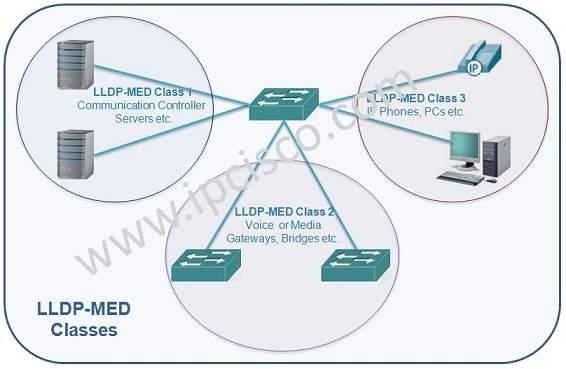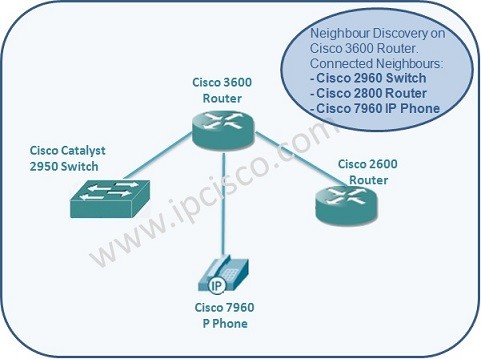As a standard and open protocol, LLDP is a good protocol. After the development of LLDP, some of the additional properties needed especially for Voice Over IP (VoIP). So LLDP extended. The extended version of LLDP is LLDP-MED (Link Layer Discovery Protocol – Media Endpoint Discovery). You can also called this as “LLDP for Media Endpoint Devices”.
LLDP enables network discovery between network devices and the endpoint devices like IP Phones, gateways etc. You can view also wiki definion of LLDP, here. And you can check, LLDP Cisco Configuration Lesson and CDP Cisco Configuration.

Link Layer Discovery Protocol – Media Endpoint Discovery has three classes that specifies the endpoint’s capabilities. These classes are :
• Class 1 : This LLDP-MED class requires a basic LLDP discovery. Communication controller servers are in this class.
• Class 2 : This LLDP-MED class do not require end user. Voice and Media Gateways, Bridges etc. are in these class.
• Class 3 : This LLDP-MED class is used for the end users. IP Phones, Softphones etc.

Table of Contents
LLDP-MED versus CDP
Link Layer Discovery Protocol – Media Endpoint Discovery and CDP (Cisco Discovery Protocol) has some common and different capabilities. Let’s check these common capabilities one by one.















Leave a Reply